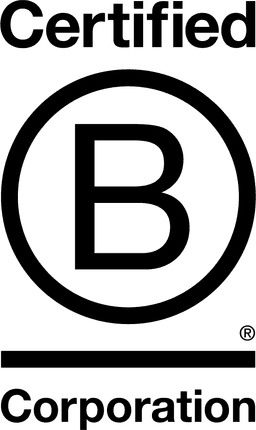

CFP Green Buildings

Gelderland, Netherlands The
March 2024
Environmental consulting
Service with Minor Environmental Footprint
Australia,
Austria,
Belgium,
Canada,
China,
Denmark,
France,
Germany,
Hong Kong S.A.R.,
Ireland,
Italy,
Japan,
Luxembourg,
Mexico,
Netherlands The,
Norway,
Poland,
Portugal,
Singapore,
South Korea,
Spain,
Sweden,
United Kingdom,
United States
Making all buildings and homes more sustainable: this is the mission of CFP Green Buildings! But how do they do that? CFP started as a consultancy, and has translated the successful experience with more than 400,000 buildings into online tools for everyone. This enables anyone to make buildings more sustainable with their own suppliers, contractors and bank. As a result, the entire construction sector is now able to become more sustainable itself. CFP Green Buildings has grown from a scale of greening 3,000 buildings per year to over 3.5 million buildings per year in a growing number of countries. From the Van Gogh Museum and various municipalities to Lloyds Bank and the World Port Centre, CFP Green Buildings is transforming the supply chain. CFP makes sustainability transparent and accessible through online tools and consultancy. This offers benefits for every stakeholder. For the bank, it means the ability to issue more green bonds and attain a lower risk profile, along with having more satisfied customers and carbon reductions in its annual reports. Building owners experience lower energy costs, high-quality, sustainable, and healthy buildings, and reduced carbon emissions. Tenants benefit from lower service costs and energy expenses, as well as a healthier living environment
Overall B Impact Score
Governance 19.5
Governance evaluates a company's overall mission, engagement around its social/environmental impact, ethics, and transparency. This section also evaluates the ability of a company to protect their mission and formally consider stakeholders in decision making through their corporate structure (e.g. benefit corporation) or corporate governing documents.
What is this? A company with an Impact Business Model is intentionally designed to create a specific positive outcome for one of its stakeholders - such as workers, community, environment, or customers.
Workers 34.1
Workers evaluates a company’s contributions to its employees’ financial security, health & safety, wellness, career development, and engagement & satisfaction. In addition, this section recognizes business models designed to benefit workers, such as companies that are at least 40% owned by non-executive employees and those that have workforce development programs to support individuals with barriers to employment.
Community 19.8
Community evaluates a company’s engagement with and impact on the communities in which it operates, hires from, and sources from. Topics include diversity, equity & inclusion, economic impact, civic engagement, charitable giving, and supply chain management. In addition, this section recognizes business models that are designed to address specific community-oriented problems, such as poverty alleviation through fair trade sourcing or distribution via microenterprises, producer cooperative models, locally focused economic development, and formal charitable giving commitments.
Environment 19.9
Environment evaluates a company’s overall environmental management practices as well as its impact on the air, climate, water, land, and biodiversity. This includes the direct impact of a company’s operations and, when applicable its supply chain and distribution channels. This section also recognizes companies with environmentally innovative production processes and those that sell products or services that have a positive environmental impact. Some examples might include products and services that create renewable energy, reduce consumption or waste, conserve land or wildlife, provide less toxic alternatives to the market, or educate people about environmental problems.
What is this? A company with an Impact Business Model is intentionally designed to create a specific positive outcome for one of its stakeholders - such as workers, community, environment, or customers.
Customers 13.4
Customers evaluates a company’s stewardship of its customers through the quality of its products and services, ethical marketing, data privacy and security, and feedback channels. In addition, this section recognizes products or services that are designed to address a particular social problem for or through its customers, such as health or educational products, arts & media products, serving underserved customers/clients, and services that improve the social impact of other businesses or organizations.
What is this? A company with an Impact Business Model is intentionally designed to create a specific positive outcome for one of its stakeholders - such as workers, community, environment, or customers.